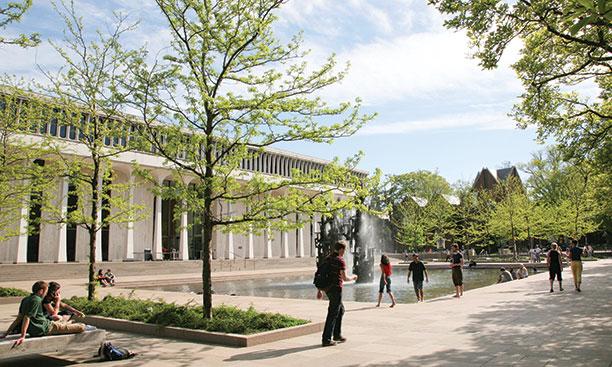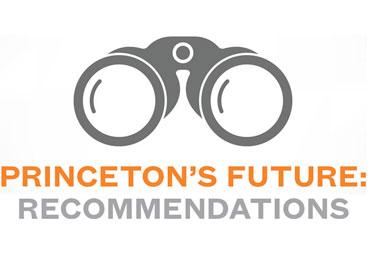
As part of PAW’s continuing coverage of the work of strategic-planning study groups created by President Eisgruber ’83, this issue describes a self-study report by the Woodrow Wilson School task force. The report, based on a self-study conducted in 2014-15, can be found at http://bit.ly/WWSTaskForce.

To keep up with demand for core courses and to provide expertise in key policy areas, the task force report recommended that the school hire more tenure-track and practitioner faculty.
The report also stressed the importance of bringing in a more diverse pool of educators, saying the Wilson School “can and should do better. ... Diversity is important at all institutions, but particularly at a school of public policy that engages in the central issues of the day.”
The report highlighted the importance of faculty interaction with policymakers and the freedom to pursue policy-relevant research as crucial to the school’s success. It said that 81 percent of faculty members have presented their research to government decision-makers, and 75 percent have conducted policy work for public or nonprofit organizations.
The task force said the school should “ensure that technology policy receives the attention it should” and said that partnering with the engineering school and the computer science department could enhance course offerings. In addition, MPA students asked for more courses that focus on issues surrounding race, class, gender, and diversity, the report said.
The report also noted that the size of the doctoral program has been declining at a time when the growth of the undergraduate program has increased demand for preceptors.
The task force reported that between 2009 and 2013, 55 percent of MPA students and 69 percent of MPP students went into the public sector, and 31 percent of MPAs and 20 percent of MPPs joined nonprofits.
The Wilson School has held events for policymakers and journalists but does not offer continuing education in the way that other policy schools do, the task force said. The report said the school should consider — at least as an experiment — developing short-term courses for professionals “who wish to ‘return to school’ for short but intensive seminars focused on emerging challenges in public policy.”
